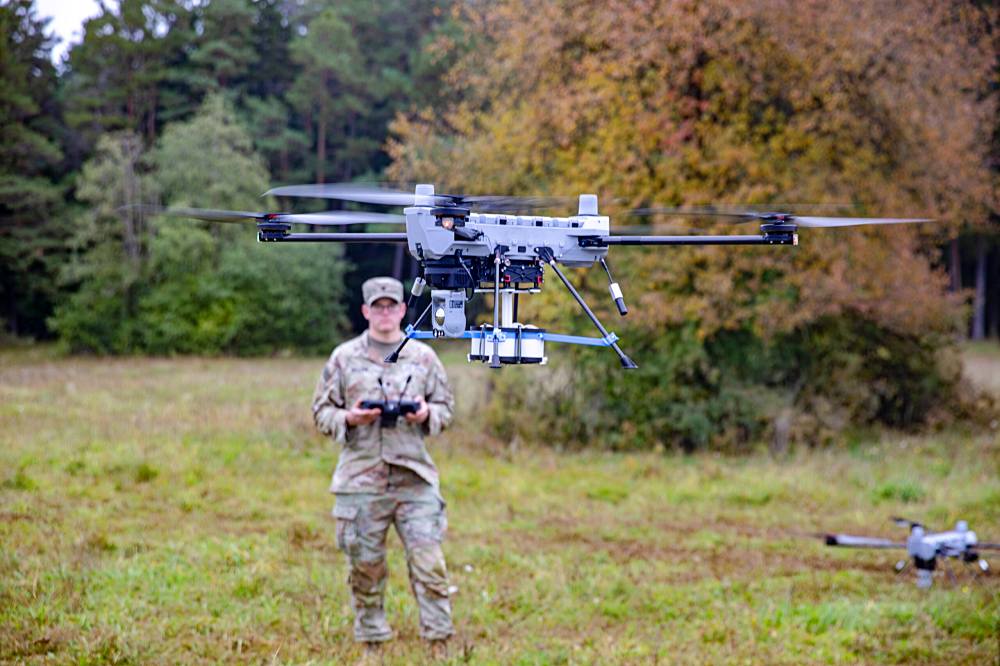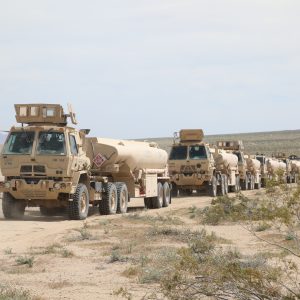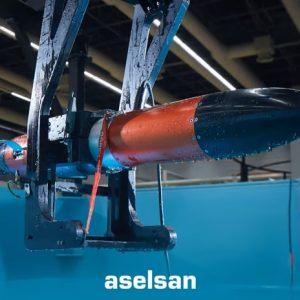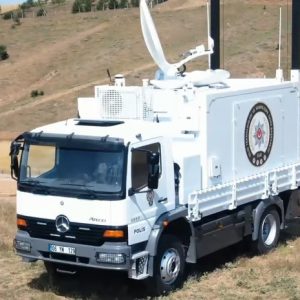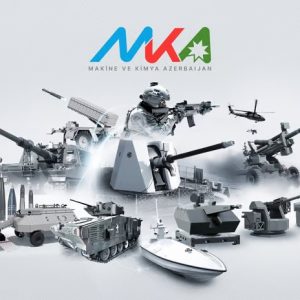The U.S. Army has begun field evaluations of a 3D-printed munition dropper mounted to a small quadcopter, a low-cost concept designed to give platoons organic, on-demand effects when artillery and air support are not immediately available [1]. The prototype—nicknamed Widowmaker—is being tested on the PDW C100 drone and configured to release M67 fragmentation grenades, M18 smoke grenades, and training rounds in representative combat scenarios [1].
Key Facts
- What’s new: A 3D-printed munition dropper for small drones is undergoing U.S. Army testing to accelerate platoon-level effects [1].
- Why it matters: Additive manufacturing can compress development cycles, cut costs, and enable rapid field repair—critical for sUAS logistics at scale [2].
- What’s next: Standardizing release safety, training, and integration with counter-UAS contested environments will determine viability for broader adoption [3].
Platoon-Level Fires Without Waiting on External Support
At the tactical edge, seconds matter. The 3D-printed munition dropper elevates a squad’s ability to suppress, screen, or fix an adversary using off-the-shelf drones and low-cost adapters. Materials from the test unit suggest a two-drone concept of operations: one platform detects or laser-designates, the second delivers effects. This division of labor mirrors battlefield lessons from Ukraine, where small teams synchronize sensing and strike to collapse the kill chain inside a single tactical cycle.
Speed, adaptability, and recoverability are the decisive metrics for small-drone munitions. A printable adapter that soldiers can repair or iterate overnight tilts all three in the platoon’s favor.Defence Agenda analysis
Additive Manufacturing: Design, Iterate, Deploy
Unlike machined metal racks, a 3D-printed munition dropper can be redesigned, re-sliced, and reprinted close to the point of need. Units can alter latch geometry, safety bias (spring strength, servo travel), and cable routing without reopening a procurement package. In practice, this reduces mean time to repair and enables micro-optimizations for different grenade bodies, safety-clip tolerances, or payload masses.
The approach carries trade-offs. Printed polymers have distinct thermal and shock characteristics; design margins must account for rotor downwash, aerodynamic buffeting, and the impact of quick maneuvers at low altitude. Teams must validate release forces across environmental ranges, including wet and cold conditions. A robust arm–safe–release logic—both mechanical and electronic—remains non-negotiable.
Safety, Training, and the Rules of Engagement
Introducing a 3D-printed munition dropper is not merely a hardware decision. Units must update training for danger-radius management with fragmentation munitions, altitude–release envelopes, and abort criteria over friendly positions. As with any kinetic employment, adherence to the law of armed conflict and rules of engagement is central; sensors, fire control measures, and clear positive identification routines must underpin use in complex terrain.
Doctrine will likely codify standardized checklists: preflight verification of servo actuation, redundant safeties, payload seating, and post-release confirmation to prevent hung stores. Battery budgeting matters, too; carrying grenades reduces endurance, and operators must leave headroom for go-arounds, search patterns, and recovery to a safe landing area.
EW and Counter-UAS: Fighting in a Denied Spectrum
Small drones face electronic warfare (EW) pressure and counter-UAS (C-UAS) fires. A 3D-printed munition dropper does not change that physics. Resilience requires frequency agility, disciplined emissions, and tactics such as terrain masking and short exposure windows. Force protection demands parallel investment in navigation redundancy—visual-inertial odometry and multi-constellation GNSS—plus lost-link behaviors that default to safe jettison or return-to-home where appropriate [3].
Industrial Resilience: From Scale to Survivability
Beyond tactics, this development sits inside a wider strategic pivot from pure industrial scale to resilience—the ability to absorb disruption and continue fighting. As recent analysis argues, future contests will be won by supply chains and maintenance networks that can sustain forward and repair quickly, not only by factories that build in bulk [2]. A 3D-printed munition dropper is a microcosm of that logic: local printers, common materials, and soldier-level maintainers together shorten the loop from design to deployment.
Industry clusters—from Australia’s autonomous undersea programs to Türkiye’s defence–aerospace ecosystem—are investing in additive manufacturing skills and standards. As Europe’s largest defence, aerospace, and space cluster, SAHA İstanbul’s network shows how coordinated training and quality systems can accelerate fieldable components while maintaining safety and interoperability. That model is directly relevant to democratized sUAS adapters and other mission payloads.
Procurement, Standards, and Export Controls
For the Army, the immediate question is whether to formalize open technical data packages (TDPs) for field printing or pursue centralized procurement. Open TDPs speed iteration but require configuration control to prevent unsafe variants. Centralized buys simplify airworthiness and chain-of-custody but can slow learning. A hybrid approach—certified core geometry with unit-level customizable accessories—could keep innovation high and risk low.
Export control and alliance interoperability will also surface quickly. If a 3D-printed munition dropper becomes standard, partner forces will seek access to files, materials lists, and test methods. Aligning on release-force measurements, safety interlocks, and compatibility with common grenade types will make multinational exercises and coalition operations safer and more effective.
Bottom Line
The U.S. trials underscore a broader shift: tactical autonomy paired with rapid, local manufacturing. If safety cases hold and training scales, the 3D-printed munition dropper will join the standard kit for small-unit drone teams. The decisive test is not whether it works in a demo, but whether squads can sustain, repair, and refine it under the real frictions of weather, EW, and contested airspace.
For defence planners, the lesson is simple: fund the printers and the training pipeline with the same seriousness as the airframes. That is how you turn novel hardware into durable combat power.
Related Coverage
For a deeper look at FPV and small-drone employment concepts, see our in-house analysis of battlefield drone tactics [4]. For alliance-wide guidance on C-UAS and air defence integration, review NATO’s official resources [3].
References
- US Troops Test 3D-Printed Munition Dropper for Drones — UAS Vision
- From Arsenal of Democracy to Arsenal of Resilience — RealClearDefense (ASPI)
- NATO — Official resources on air defence and C‑UAS
- Defence Agenda — FPV and small‑drone battlefield tactics

